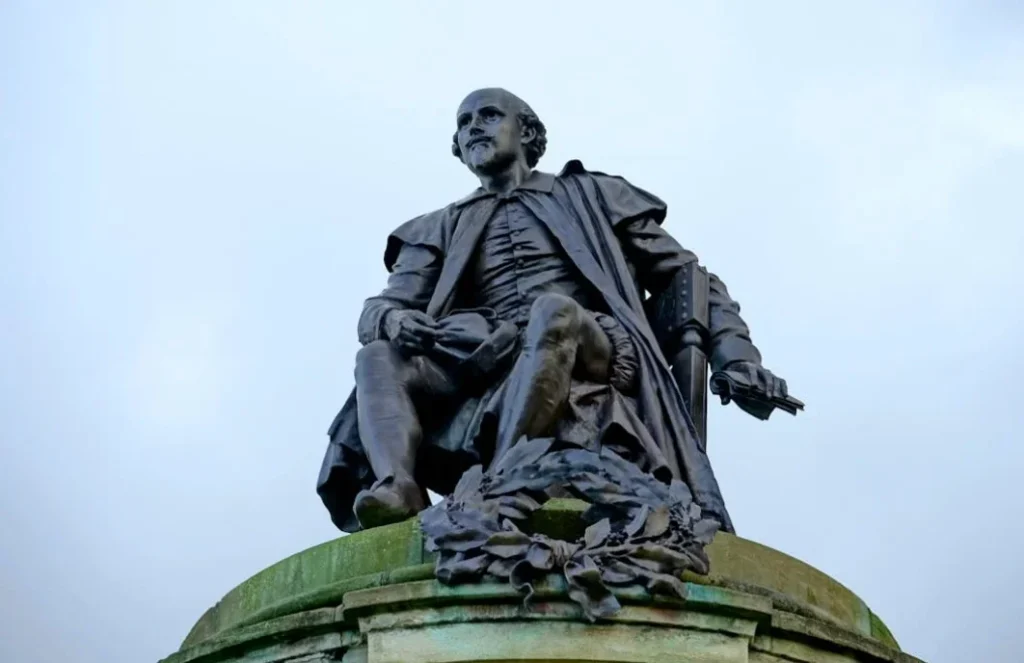England’s past is a curtain woven from grand battles, royal intrigues, and radical social changes. Yet beyond the familiar pageant lie moments so curious they seem plucked from a fantasy:
In this article, we will explore ten such episodes. Each one stands out as a rare English history fact or a forgotten event in English history that most schoolbooks never mention.
History buffs might know of Agincourt or the Industrial Revolution. While many are familiar with the tale of the Norman Conquest or the Tudor court, a deeper dive into England history facts reveals hidden gems that often escape our attention. These tales range from the bizarre to the bittersweet, and they show a side of England that feels both intimate and otherworldly.
Prepare for weird English history stories and England’s strange historical facts!
First, let’s explore five rare English history facts that shaped the nation. Then comes a journey through five forgotten events in English history you’ve never heard of. Each heading will guide you through little-known facts about England, sparking fresh curiosity for even the most seasoned enthusiast.
There’s so much more to discover—browse our related posts!
Rare English History Facts That Shaped the Nation
Sometimes the smallest oddities leave the most significant ripples. Here are five events that, while strange, had a surprising effect on England’s story.
5 Little-Known Facts About England
1. The Mary Toft Rabbit Birth Hoax (1726)
In 1726, Mary Toft claimed she gave birth to rabbits.
This peculiar episode duped surgeons and natural philosophers into believing her. Scientists visited London expecting to witness the extraordinary. When the truth emerged — she had manually inserted rabbit parts — the scandal shook medical credibility. It prompted new standards in empirical proof, nudging science toward modern skepticism and peer review.
2. London’s Secret Roman Amphitheatre
Beneath the Guildhall in the City of London lie the remains of a Roman amphitheatre.
For centuries, people walked overhead unaware that gladiatorial contests once echoed below their feet. Rediscovered in the 1980s, this site altered our picture of Londinium. Archaeologists found seating tiers and even ancient graffiti. Today, it sits as a silent reminder of Rome’s reach into what would become England’s most incredible city.
3. John Palmer’s Postal Revolution (1784)
Before the late eighteenth century, sending a letter felt like watching paint dry.
John Palmer, a Bath theatre manager, noticed his stagecoach network outpaced the official mail service. He proposed transferring letters by coach and cutting delivery times in half. Parliament approved, and Palmer’s innovation laid the groundwork for the modern Post Office, connecting people faster than ever before and helping to knit Britain together.
4. The Tower of London’s Zebra (1814)
In 1814, the Pasha of Egypt sent King George III a zebra as a diplomatic gift.
It arrived in London’s Tower grounds and instantly became a sensation. Crowds flocked to see the striped visitor, unaware that its presence spurred the creation of public menageries. Today’s London Zoo traces some of its popularity to that one curious gift. It provides a perfect example of how exotic creatures helped shape British leisure culture.
5. The Great Sheep Drain Project (16th century)
In the mid–1500s, villagers in Somerset attempted to drain marshes by building channels for grazing sheep. They called it the Sheep Drain Project.
Instead of lush pastureland, the fields flooded and crops drowned. The failure cost lives and livelihoods. Historians now consider it one of England’s earliest significant–scale land engineering failures. It offered lasting lessons on environmental management and informed later reclamation schemes.
Forgotten Events in English History You’ve Never Heard
5 English History Trivia Unknown
Beyond oddities lie moments of drama that slipped from view. These forgotten events in English history carried real stakes but now live primarily in dusty archives.
6. The Dance Epidemic of 1518
In the summer of 1518, residents of Canterbury suddenly began dancing uncontrollably. For days, dozens joined the frenzy, unable to stop until exhaustion overtook them.
Some legends suggest ergot poisoning caused hallucinations, while others point to mass hysteria. This dance epidemic left bodies piled in the streets and prompted local authorities to build a wooden stage to contain the outbreak, now seen as an early example of crisis management.
7. The Siege of Wardour Castle’s Moonlight Attack (1643)
During the English Civil War, Parliamentarian forces besieged Wardour Castle in Wiltshire.
One night, they flew lanterns attached to kites over the walls to blind the Royalist defenders. The flickering lights confused the garrison and paved the way for an assault at dawn. This clever tactic foreshadowed modern psychological warfare and showcased how creativity could overcome raw force.
8. Cornish Rebellion’s Battle Hymn (1497)
In 1497, Cornish rebels marched on London, protesting heavy taxes. Along the way, they sang a ballad so stirring that it temporarily swelled their ranks — the song, known as the Cornish Battle Hymn, spread quickly by word of mouth.
Though the rebellion failed, its hymn exemplifies how music has fueled political movements. The tune survives in folk collections and reminds us that voices can mobilize the masses.
9. King Charles II’s Miniature Wine Cellar
Hidden beneath Whitehall Palace lay a secret grotto stocked with rare vintages for Charles II. He invited close friends to sip Madeira and Claret in a candlelit cave etched into the stone.
Few knew of its existence until excavations in the nineteenth century uncovered ornate drinking saloons. This little sanctuary reflects royal extravagance and the lengths monarchs went to preserve privacy and pleasure.
10. The Forgotten Plague Pit of Eyam (1666)
When the Great Plague reached Eyam, Derbyshire, villagers chose to quarantine themselves to save neighboring towns. They exchanged supplies through boundary stones, refusing to leave.
The sacrifice cost over 250 lives.
Today, a solitary mass grave marks their burial site. Eyam’s selfless stand is a moving chapter in plague history and underscores how community spirit can confront catastrophe.
Final Words
These ten episodes show England’s past has more twists than a novel. From rabbit births to moonlit sieges, they broaden our understanding of what happened. They also prove that outlandish tales can leave lasting marks on institutions, culture, and even landscape.
Next time you stroll through London’s streets or pass an ancient ruin, remember that beneath the surface lie countless oddities waiting to be rediscovered. Share your favorite England’s strange historical facts with the world and help unearth more hidden stories. Who knows what other marvels school never taught us?
Having more content? Dive into our latest posts now!







